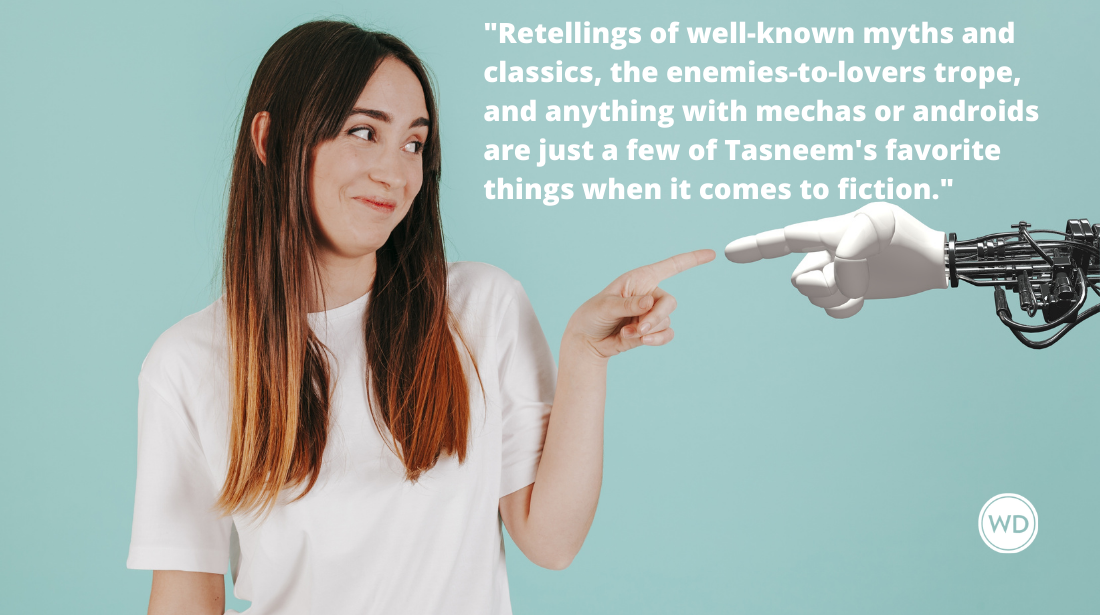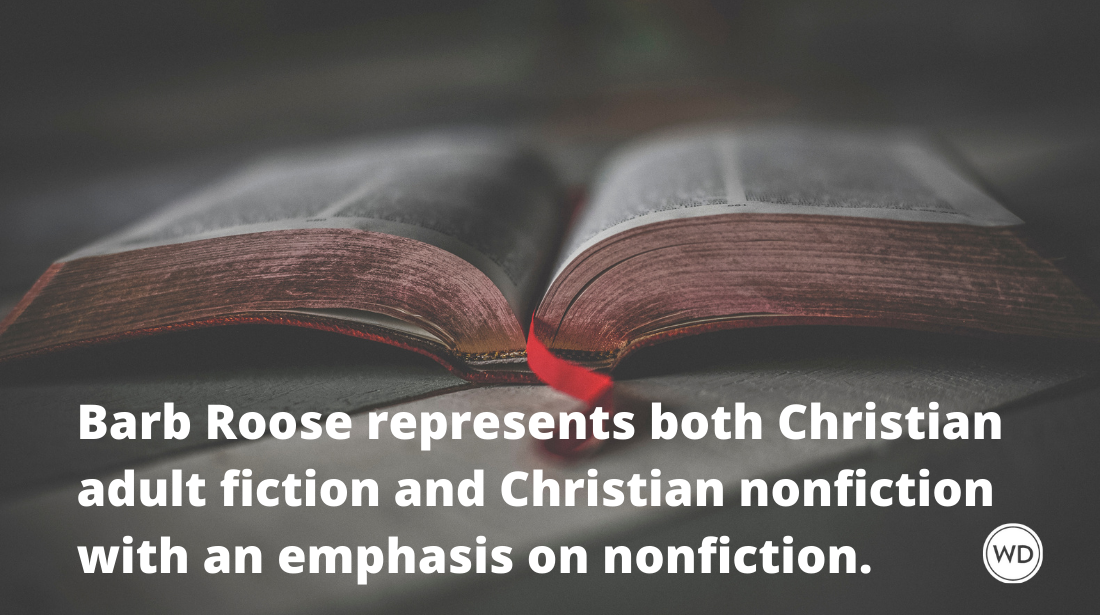11 Ways to Write More Authentic Historical Novels, by A. Historian
Mary Miley, author of the 2013 debut mystery THE IMPERSONATOR, explains 11 tips on how to write authentic historical fiction novels.
As a historical fiction writer, you will, of course, read up on your chosen era in textbooks, encyclopedias, and other basic sources. That alone, however, will not bring authenticity to your work. Please allow me to offer 11 ideas for your consideration.
1. Watch out for anachronistic words and phrases. The best place to find out when and how a word was first used is the massive Oxford English Dictionary, available at university libraries. Easier to find (or buy a copy!) is Merriam-Webster’s Dictionary, which sometimes gives dates as well. English Through the Ages by William Brohaugh organizes words by decade. Check a good slang dictionary (Jonathon Green’s is my favorite) before allowing your colonial character to indulge in phrases like “don’t flip your wig,” a quip dating from the 1950s.
Order a copy of Mary Miley's The Impersonator today.
Amazon
[WD uses affiliate links.]
2. Steer clear of anachronistic metaphors and similes. A fierce windstorm in a novel set in ancient Rome should not sound like an onrushing train. One English professor I know told about her novel, set in the Middle Ages, where she’d written that two characters lay in bed like spent matchsticks, never seeing the problem until the very last pass before publication. Matches didn’t exist until the 1800s.
3. Avoid inappropriate swearing and cursing. I once started reading a novel set in the Civil War in which the upper-class, plantation-bred heroine swore like a sailor. That is so far off the mark for that period, gender, and social position that I put down the book in disgust. If your characters are sailors in, say, the 1870s, you can put appropriate language in their mouths, but foul language used by the general public is (sadly) a relatively recent phenomenon.
4. Read novels published during your era for attitudes, language, and descriptive details. One of my best resources for my Roaring Twenties mystery series is a 1920s romance, The Hollywood Girl, a sappy story about a small-town girl who goes to sinful Hollywood to become a star and learns that true love is going home to marry her boyfriend and becoming a dutiful housewife.
5. If your setting is in the 20th century, watch movies filmed during those years (not movies about those years, which are probably filled with inaccuracies). Many a silent movie from the 1920s has guided me on clothing and makeup styles, language, and the appearance of offices, houses, kitchens, and farms.
6. Read primary sources (letters, newspapers, diaries, memoirs) of your era. Ask a librarian at your nearest university or museum library for help finding appropriate materials. A deadly carriage accident that occurred in 1815 was written up in a local newspaper in the florid language of the day: “The thundering vehicle flew down the hill . . . The affrightened horses crossed the main-street . . . and in a few minutes—dreadful to tell! The interesting Mrs. McClurg in the full bloom of health and in the midst of all the affluence of this world, breathed her last!”
7. Read biographies and autobiographies of people who lived during your era. These will be full of tidbits that can make your writing sparkle.
8. Visit a museum that pertains to your era to study authentic clothing, furniture, decorative items, tools, weapons, and art.
9. Understand a woman’s place in your era and do not deviate from it without a believable reason. Throughout most of American history, a majority of women could not read, and all women wanted to get married because the alternatives were so dire. If your character can read and refuses to marry the man her father has chosen, you’d better have a good explanation. One reason I set my mysteries in the Twenties is that the decade marks the real beginning of the women’s movement, a time when women could hold (a few) jobs, travel alone, date unchaperoned, and exercise some degree of independence.
10. Understand the place in society of religious and racial minorities and do not deviate without a believable reason. Racial issues are the trickiest. In the entire history of humankind, everyone thought slavery was a respectable institution until about 300 years ago, when a very few men started to question it. Even then, many of those abolitionists wanted nothing to do with the freed slaves, whom they considered inferior. Jews, Indians, Catholics, Asians, Irish—all faced fierce discrimination from the dominant WASP citizenry. Vaudeville was the perfect background for my female protagonist because she could have egalitarian attitudes unusual in general society but common among the diverse mixture that was vaudeville, where your talent mattered more than your race, religion, sex, or ethnicity.
11. And last but certainly not least, take care with plants and trees. Some of our most common species have not been here very long. Don’t have your colonial plantation’s crepe myrtle blooming in the spring—Crepe myrtle wasn’t introduced into America until the early 19th century and it blooms in the summer.
Good luck!
Mary Miley is the author of THE IMPERSONATOR (Sept. 2013), the winner of the 2012 Mystery Writers of America/Minotaur First Crime Novel award. Mary is an Army brat, historian, and freelance writer whose own history includes nearly 200 magazine articles, 9 nonfiction books, a 13-year stint teaching American history at Virginia Commonwealth University, and a long association with Colonial Williamsburg. Visit her at marymileytheobald.com.






